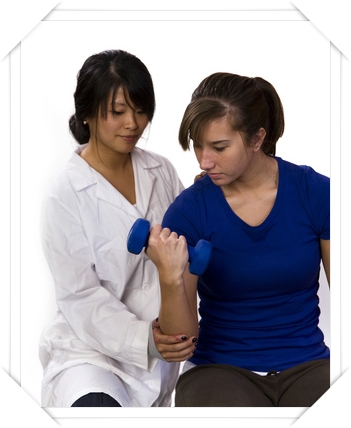 The rule of thumb is to reduce further strain and rest the limb that is tingling, numb or hurting. It is important to identify the symptoms as early as possible and seek help.
The rule of thumb is to reduce further strain and rest the limb that is tingling, numb or hurting. It is important to identify the symptoms as early as possible and seek help.
It is very common for athletes, musicians and writers to ignore the symptoms of RSI. In order to prevent further injury and the resulting disability of RSI, it is best to seek the advice of a physical therapist.
Prevention Tips
If you are engaged in ongoing, repetitive activity on the job or during sports and recreational activities, it is important to rest periodically from the task and take note of the following:
- Massage the limbs and joints
- Stretch the muscles
- Maintain hydration
- Look for signs of overuse
- If symptoms get worse, seek a physical therapist without delay
Physical Therapy Treatment
Conservative physical therapy management includes the following:
- Strengthening the limbs and joints
- Postural retraining
- Bracing with the use of splints and wrist pads
- Ergonomic intervention
- Psychosocial rehabilitation